Mountain biking has transformed significantly over the past few decades. Early designs focused primarily on durability, with simple frame structures adapted from road bikes. As the sport expanded into disciplines like cross-country, trail, enduro, and downhill, the demand for more refined handling and rider comfort reshaped how frames were designed. At the heart of this evolution lies geometry—the precise angles and measurements that determine how a bike behaves under different conditions.
Modern geometry is not just about numbers on a chart; it’s about how those measurements translate into rider experience. By carefully adjusting head tube angles, seat tube positions, reach, wheelbase, and bottom bracket height, manufacturers have created bikes that allow riders to climb more efficiently, descend with greater control, and ride longer with less fatigue.
1. Longer Reach and Rider Positioning
Reach has steadily increased in modern mountain bikes, extending the front end of the frame. This change positions the rider more centrally between the wheels, which distributes weight more evenly. A longer reach provides:
- Stability at speed – crucial for aggressive trail and enduro riders.
- Balanced control – the rider feels less “cramped” and more in command of the bike.
- Confidence on technical terrain – by keeping the rider’s center of gravity lower and more forward.
In older bikes, shorter reach dimensions often caused riders to feel “over the back wheel,” making it difficult to maintain control on steep descents. The modern approach solves this issue by extending the cockpit and pairing it with shorter stems.
2. Slacker Head Tube Angles for Better Handling
Head tube angle determines how far the front wheel extends out in front of the rider. Traditional mountain bikes had steeper angles (around 71–73 degrees), optimized for nimble handling but unstable on steep descents. Modern trail and enduro bikes now use slacker head tube angles (65–67 degrees, with some downhill bikes dropping below 64 degrees).
The benefits include:
- Increased stability on descents – the front wheel doesn’t tuck under as easily.
- Improved rollover ability – obstacles are tackled with less risk of being thrown forward.
- Confidence on steep terrain – allowing riders to push harder without losing control.
This shift is one of the most impactful changes in modern mountain bike design.
3. Steeper Seat Tube Angles for Climbing Efficiency
While head tubes got slacker, seat tube angles became steeper. Older bikes often had relaxed seat tube angles (70–72 degrees), which placed the rider behind the bottom bracket. Modern bikes now feature angles between 75–78 degrees.
A steeper seat tube angle provides:
- Better climbing position – the rider sits more directly over the pedals.
- Improved power transfer – less energy is wasted when pedaling uphill.
- Balanced weight distribution – keeping the front wheel down on steep ascents.
This adjustment directly addresses the challenges of climbing on longer, slacker bikes, creating a balance between downhill confidence and uphill efficiency.
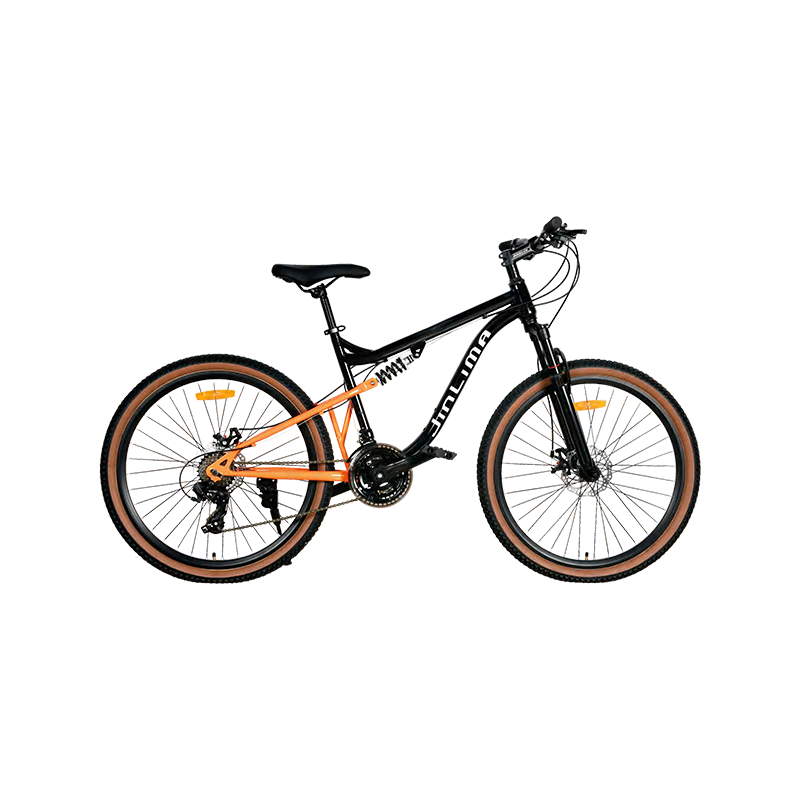
4. Lower Bottom Brackets for Cornering Control
Bottom bracket height has also evolved. Lowering the bottom bracket drops the rider’s center of gravity, which enhances cornering stability and makes the bike feel “planted” on the trail.
- Better handling in tight turns – the rider leans into corners with confidence.
- Increased traction – especially useful on loose or rocky surfaces.
- Greater connection to the trail – reducing the “tippy” feeling common in older designs.
Manufacturers balance this with pedal clearance to avoid frequent strikes on uneven terrain.
5. Longer Wheelbases for Speed Stability
The wheelbase (distance between front and rear axles) has grown in modern designs. Longer wheelbases make bikes more stable at high speeds and give riders more control in rough sections.
- Downhill and enduro bikes benefit most, as speed stability is critical.
- Trail bikes also see advantages in rider confidence without losing too much agility.
This evolution ties together changes in reach, head tube angle, and chainstay length, creating frames that are more versatile.
6. Shorter Chainstays for Agility
Despite longer wheelbases, many bikes keep chainstays short to maintain agility and responsiveness. This adjustment keeps the rear wheel close to the rider, allowing for:
- Easier manualing and wheel lifts.
- Quicker handling in technical terrain.
- A more playful ride characteristic.
It’s this balance—long front end for stability, short rear end for agility—that defines much of modern mountain bike geometry.
7. Dropper Seat Posts as a Standard Feature
While not strictly part of frame geometry, dropper seat posts have become integral to how bikes are designed and ridden. Riders can instantly lower their saddle for descents and technical features, then return it to full height for climbing. This on-the-fly adaptability has made aggressive geometry more usable across a variety of conditions.
8. Wider Handlebars and Shorter Stems
Modern geometry works hand in hand with cockpit setup. Wider handlebars (760–800 mm) paired with shorter stems (30–50 mm) give riders more leverage and better steering precision. This complements longer reach and slacker head angles, creating a stable yet responsive handling package.
9. Wheel Size and Its Influence on Geometry
The move from 26-inch wheels to 27.5 and 29 inches required new approaches to geometry. Larger wheels improve rollover performance but change handling characteristics. To adapt, manufacturers lengthened front centers, adjusted head tube angles, and refined chainstay lengths. Today, geometry is specifically optimized for wheel size, ensuring comfort and control regardless of rim diameter.
Conclusion
Modern mountain bike geometry has evolved to make bikes faster, safer, and more comfortable across diverse terrains. Longer reaches, slacker head angles, steeper seat tubes, lower bottom brackets, and balanced wheelbases have created machines that climb efficiently yet remain confident on descents. Combined with innovations like dropper posts and wider cockpits, these changes reflect a rider-centered approach where control and comfort are equally prioritized.
For cross-country riders, the geometry balances efficiency and responsiveness. For trail and enduro enthusiasts, it delivers confidence and adaptability. For downhill riders, it maximizes stability and speed. In every case, the evolution of geometry has reshaped mountain biking into a more accessible, enjoyable, and performance-driven sport.


 0
0


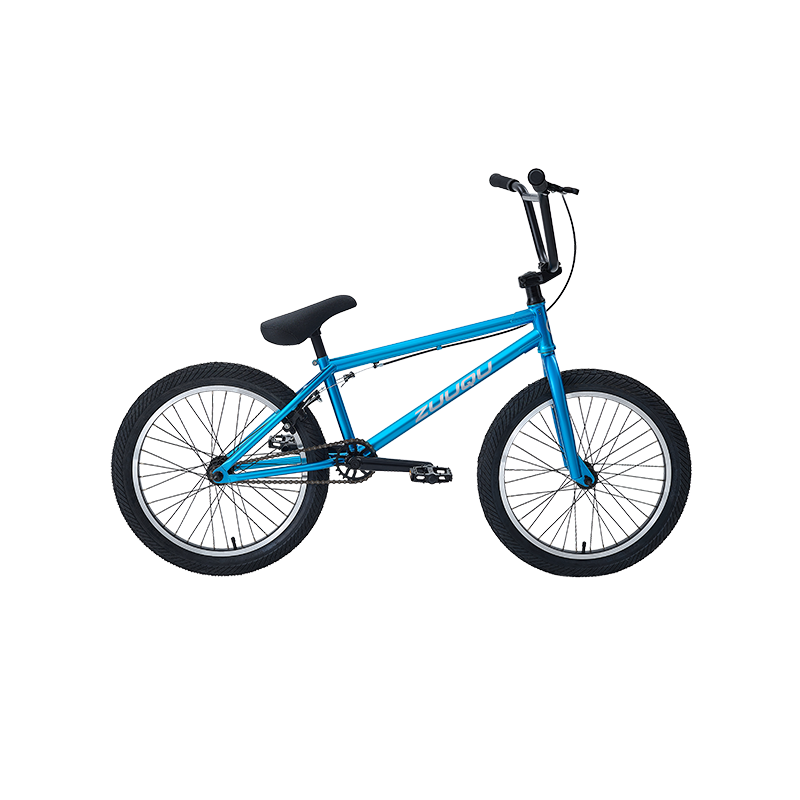

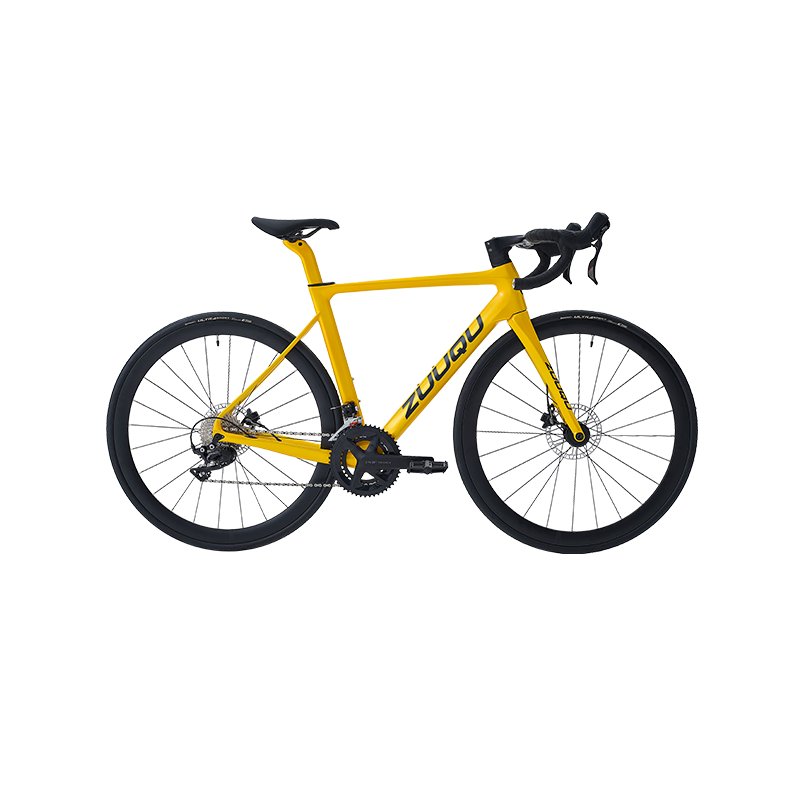
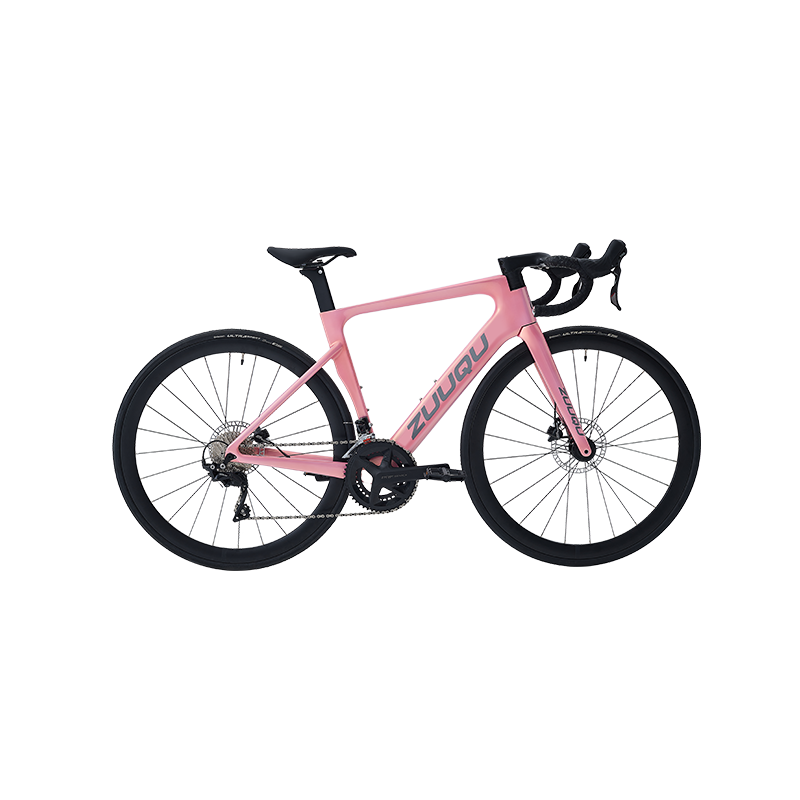
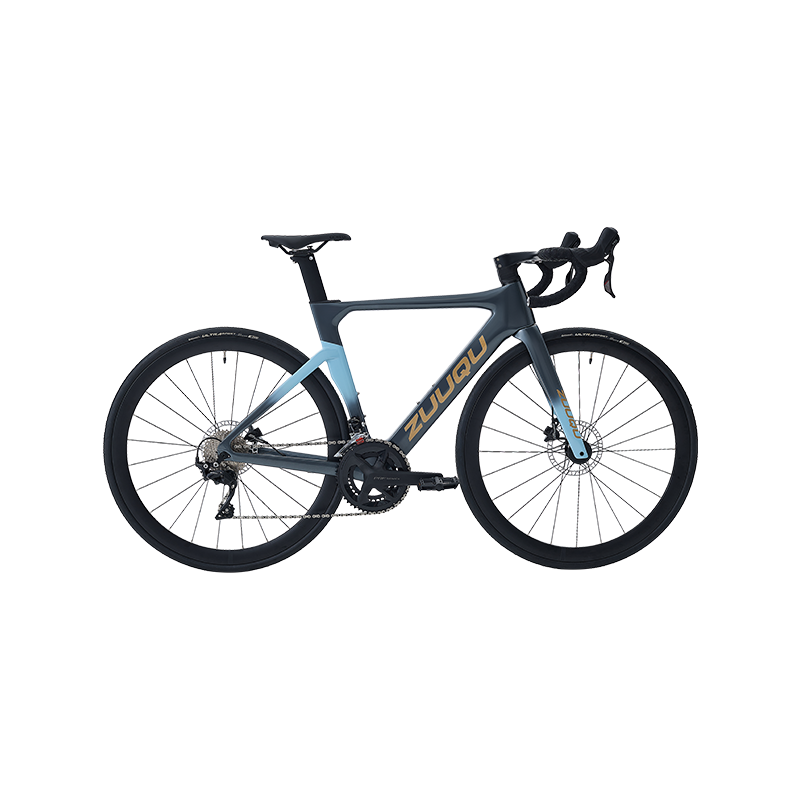
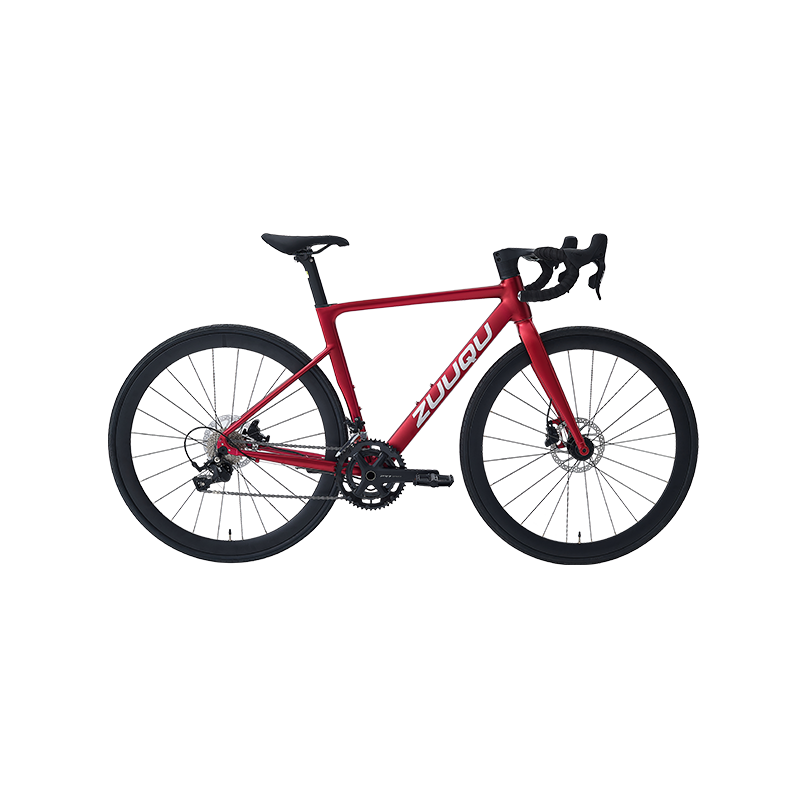
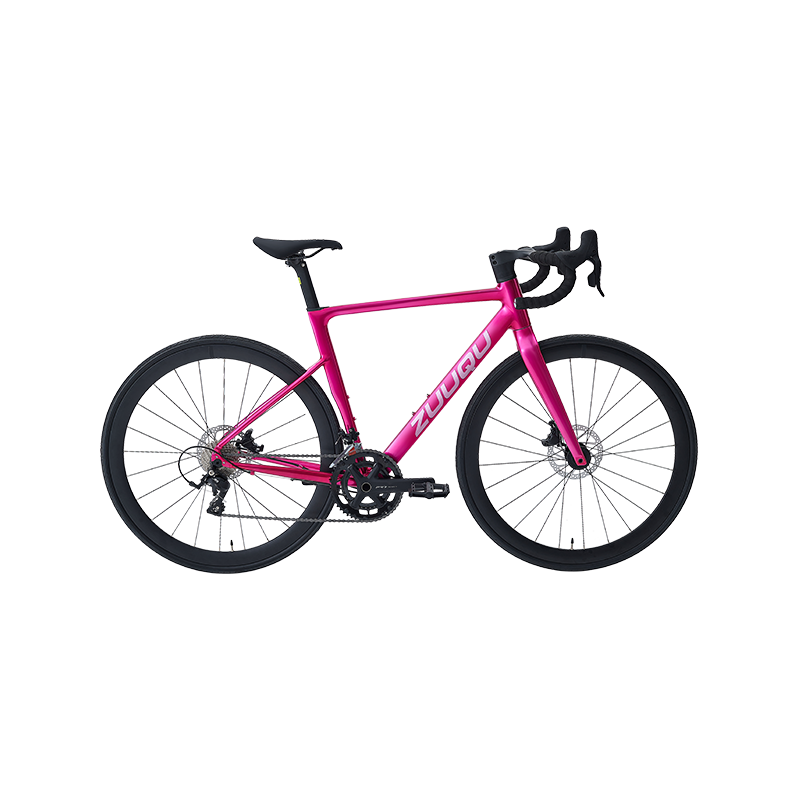
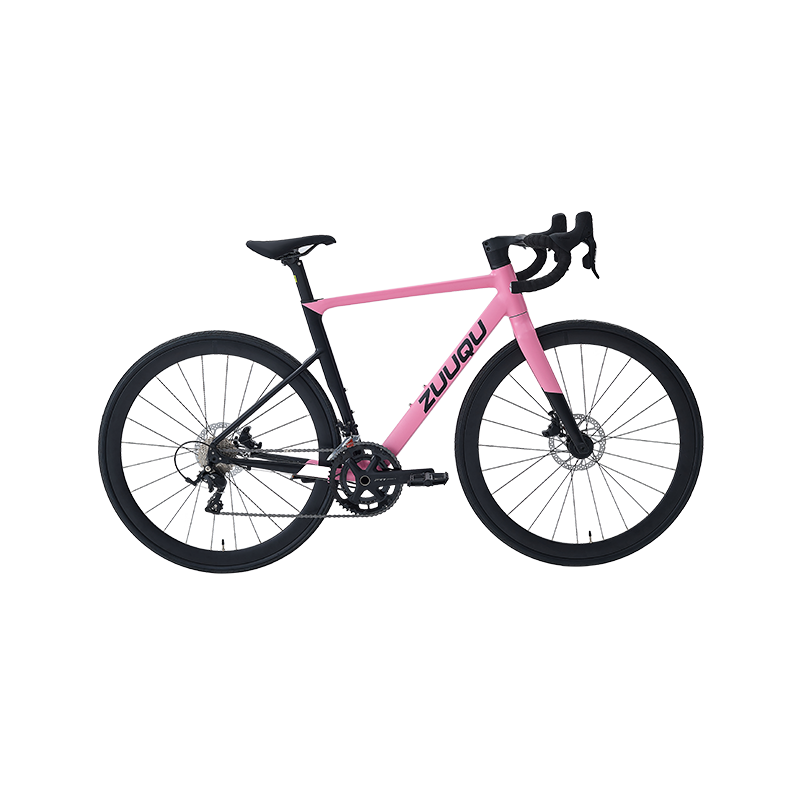
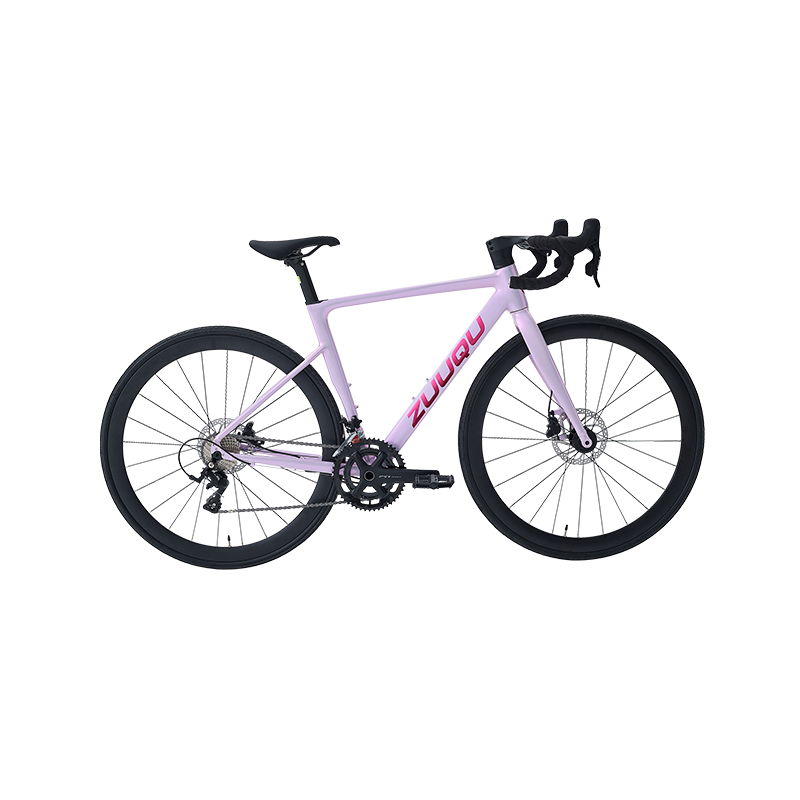
 Linhang industry park, Zhuji,
Linhang industry park, Zhuji,  +86-18858280688
+86-18858280688
